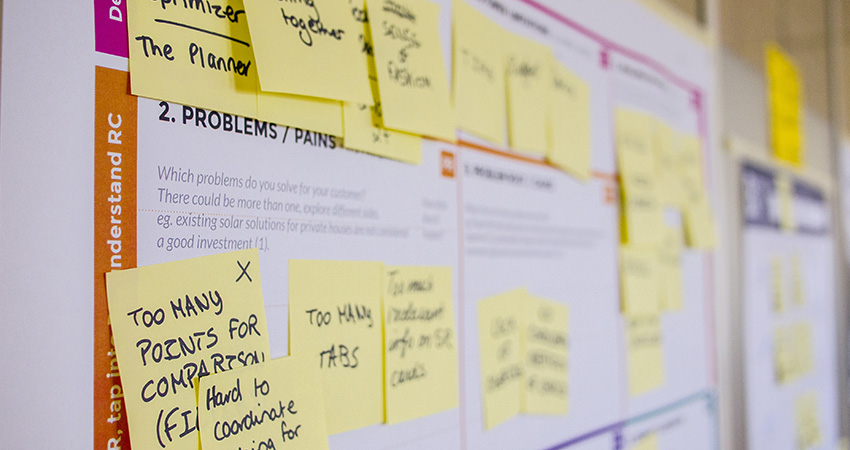Demand planning is getting trickier; are you keeping up? (credit: by Daria Nepriakhina 🇺🇦 on Unsplash)
As retail and ecommerce companies have responded to the impacts of COVID-19, one thing has become abundantly clear: The indisputable need for end-to-end supply chain transformation, coupled with moving beyond traditional demand planning and forecasting approaches.
Solutions now need to incorporate a more integrated approach across the spectrum to maximize each company’s ability to respond with agility and resilience, focusing on flexible problem solving in order to achieve success and peak performance.
Traditional Demand Planning, Management Won’t Cut It
While traditional demand planning utilized historic performance as the primary model for forecasting, the impacts of the pandemic have made that method less than useful. Year-over-year and quarter-over-quarter data is no longer an effective indicator as the sole forecasting method. You need that valuable data, yes, but simple data analysis just doesn’t cut it anymore.
Traditional demand planning needs to be modified to have a place in a rapidly changing world, leaving many retailers that rely on this method in the lurch with little idea of a path forward to guide them in critical decision making.
Thanks to tech advances in collaboration, data gathering, analytics and process management, forecast inputs have a more diverse range of sources. Coupling the variety of new sources with some historical statistical models can help create a more complete picture. Demand planning now requires taking into consideration market intelligence, advanced AI-based algorithms and greater collaboration across multiple internal and external processes in order to get a more accurate model.
Needed: A Bigger Picture Approach
As the COVID-19 pandemic has demonstrated, companies must assess their internal processes in regards to forecasting, and incorporate data and observations about external market forces. Drivers that go beyond seasonal swings have more of an impact than ever thanks to the globalization and interconnectivity of the market and supply chains.
A combination of internal and external data sources is therefore critical in a modeling platform for decision-making that maximizes both service capabilities and profits. This of course does not imply that using historical data should be completely abandoned. It still helps provide a more complete picture that includes market-based forecasting as the main driver in decision making.
In a brick-and-mortar retail store, for example, weather, seasonal travel, foot traffic and other external data helps you understand what is driving sales on a particular day. Incorporating a broader range of market-based data like trends, general health concerns, political discussions and more that can be mined from social media platforms incorporates sentiment data as a component in forecasting. For instance, there was a massive spike in sales of Ocean Spray Cranberry Juice thanks to a TikTok trend. Social media platforms can be great indicators of market shifts.
With public health data, social media data and traditional external factors all taken together, an organization is equipped with a more expansive view of what product mix and volumes should be made available.
Other Things to Consider
Other key market concerns within the supply chain, like competitor pricing, distribution or manufacturer incentives are also critical data points to consider. Utilizing every piece of available data and expanding the range of sources of information allows for the most integrated revenue management solutions.
Taking all data points into a system that allows for advanced algorithms, such as AI or machine learning, will produce a forecast picture that gives more specific predictions. This includes which demand drivers will have an impact on volumes and pricing, helping demand forecasters make more specific decisions.
The Future of Demand Planning is in the Details
At its core, the future for demand forecasting and planning is in the details and data. AI and machine learning, working within a platform that enables the collection and input of a vast array of data, with the flexibility to recalibrate when needed, will lead to the most accurate results. Companies that have access to the most complete information are in a better-informed position to make decisions quickly and efficiently.
Flexibility and responsiveness to the market will cut down on waste and allow for peak outcomes. In times of great uncertainty, access to more information and the ability to clearly communicate it internally and externally leads to better profitability and confidence.
Mike Reed is Chief Product Officer at Redwood Logistics

